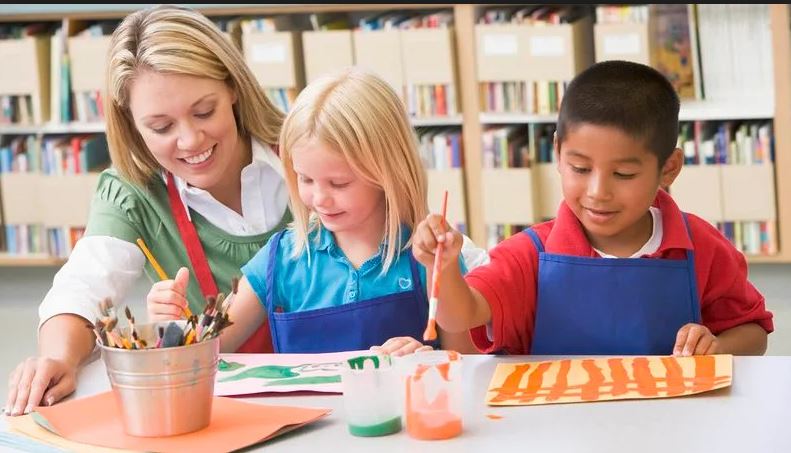
Education is not just about memorising facts and passing exams. It’s about nurturing a lifelong love for learning, fostering creativity, and encouraging individual expression. One powerful way to achieve these goals is through art education. In this blog post, we’ll explore the profound impact of integrating art, creativity, and expression into the curriculum, transforming education into an enriching and imaginative journey.
The Transformative Power of Art Education
Art education is a multi-faceted tool that enhances the learning experience in various ways:
- Stimulating Imagination: Art encourages students to imagine, visualise, and dream beyond the confines of traditional academic subjects. It unlocks the door to limitless possibilities.
- Creativity and Problem-Solving: Engaging with art promotes creativity, enabling students to tackle problems from fresh and innovative perspectives. This skill is transferable to all aspects of life.
- Emotional Expression: Art provides a safe and non-verbal medium for students to express their thoughts, emotions, and experiences. It helps them understand and communicate their feelings.
- Cultural Appreciation: Through art, students can explore different cultures, traditions, and historical contexts. It fosters an appreciation of the diversity of human experiences.
- Enhanced Critical Thinking: Art requires students to think critically about composition, colour, form, and meaning. These analytical skills are valuable in many academic and real-world situations.
Integrating Art into the Curriculum
- Art as a Core Subject: Elevating art to a core subject rather than an optional or marginal one emphasises its importance in education. Art should be as essential as math or science.
- Interdisciplinary Learning: Incorporate art into other subjects. For example, history can come alive through visual art, science through data visualisation, and literature through creative writing and illustration.
- Extracurricular Activities: Encourage extracurricular arts activities, such as painting, sculpture, music, or drama clubs. These provide students with opportunities to explore and excel in their chosen art forms.
- Art Integration Across Grade Levels: Integrate art from early childhood education to higher education. This ensures a consistent emphasis on creativity and expression throughout a student’s educational journey.
Fostering Imagination and Creativity
- Encourage Exploration: Allow students to explore various art forms, from painting and drawing to dance, music, and theatre. This helps them find their creative niche.
- Hands-On Learning: Engage students in hands-on, experiential art activities. Whether it’s moulding clay, playing an instrument, or acting in a play, this type of learning is deeply meaningful.
- Freedom of Expression: Create a classroom environment that values each student’s unique perspective and expression. Encourage them to be unafraid of expressing themselves through their art.
- Celebrating Mistakes: Teach students that mistakes are a natural part of the creative process. Embracing failure as a stepping stone to success is a vital life lesson.
Conclusion: The Art of Education
Education through art is a dynamic approach that enriches students’ lives, fosters creativity, and stimulates imagination. It transcends the confines of traditional subjects and prepares students for a world that values innovation, adaptability, and individual expression. By integrating art into the curriculum and nurturing creativity in the classroom, we not only educate but also inspire and transform the next generation of creative thinkers and problem solvers. Art is not a separate entity from education; it is the heart and soul of a holistic learning experience.



